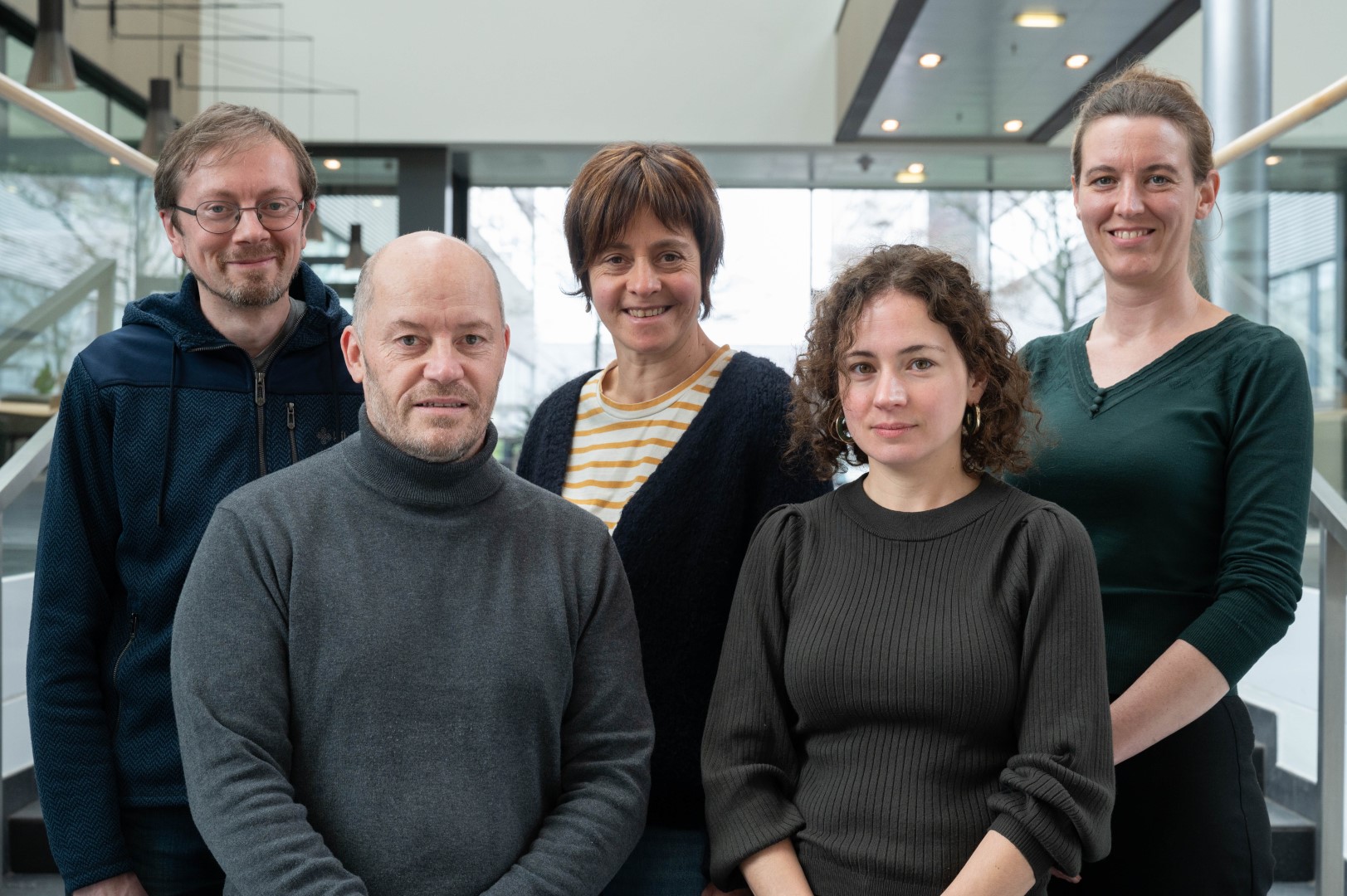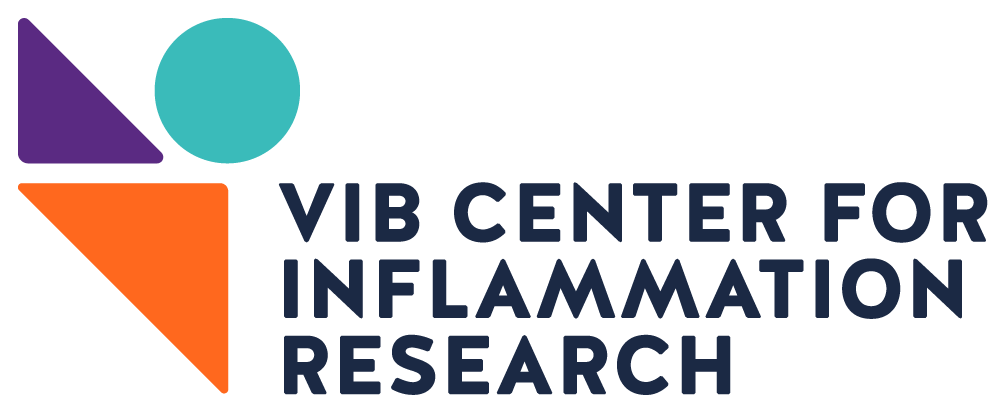

Transgenic Core Facility
The Transgenic Core Facility (TCF) was established in 2003 to offer different transgenic-related services to the research groups of the VIB-UGent Center for Inflammation Research (IRC). At the same time, we provide our expertise to other research groups within VIB or other universities.
Our main activities include:
- The generation of gene edited mice using CRISPR/Cas9, cDNA or BAC injection or by gene targeting in ES-cells
- The generation of gene edited cell lines using CRISPR/Cas9
- Rederivations of mouse strains via embryo transfer and/or in vitro fertilization (IVF)
- Archiving of different transgenic mouse lines via embryo and sperm cryopreservation
Services
1.Generation of new mutant mouse lines
CRISPR/Cas9 is our default method to generate gene edited mice. The different steps in the procedure are:
- Working out an in-silico design
- Identification of the most efficient gRNAs
- Electroporation/microinjection/rAAV transduction of zygotes to introduce RNP complex and repair template
- Transfer of the targeted embryos to foster mothers
- Testbreeding of the founders to check for germline transmission of the mutation and to get rid of mosaicism
- Sanger sequence verification of the mutated region
- Off-target screening of the germline offspring
- Digital PCR screening of knockin offspring to check for random integration of the repair template
- Design and testing of a robust genotyping strategy
- Final and detailed report for the collaborator
The TCF already successfully generated >100 mutant mouse lines using CRISPR/Cas9 technology. Mutant mouse lines include full knockouts, conditional knockouts, point mutant knockins, reporter knockins, conditional knockins, Cre-lines, …
Further, the TCF provides zygote injection of cDNA or BAC constructs to obtain founders with random integration of the transgene. BAC recombineering is performed in house.
The TCF has many years of experience in generating gene edited mice using ES-cell targeting. Over 100 mutant mouse lines were already successfully generated using ES-cells. Depending on the complexity of the project or the availability of targeted ES-cells we can opt to use this technology instead.
2.Generation of gene edited cell lines
CRISPR/Cas9 technology is used to generate knockouts or knockins in all kinds of cell lines or primary cells. Depending on the cell line, CRISPR components can be introduced by traditional transfection, electroporation or by using Nanoblades, which are virus like particles, to directly introduce proteins into the cells.
3.Rederivation of mouse lines
The presence of any type of mouse pathogen (whether it causes clinical disease or not), changes the physiology of the mouse, which can lead to false experimental results. Mouse strains harboring pathogens can be ‘rederived’ to a pathogen-free status by transferring pre-implantation embryos from a contaminated mouse to a pathogen-free foster mother. The resulting pups will then also be pathogen-free.
The default method is rederivation of a contaminated strain to SPF (= specific pathogen free)-status. In 2019 a germ-free facility was opened at our campus. Since then, we also perform rederivations to germ-free conditions.
4.Cryopreservation
The purpose of cryopreservation is to protect valuable, unique mouse lines against loss through breeding failure or disease, and to eliminate the cost of maintaining mouse lines that are not in use. Sperm freezing is the principal method as it is inexpensive, quick and requires only a small number of mice. In vitro fertilization (IVF) with the frozen sperm is required to revive the mouse line. For complex genetic backgrounds, embryo freezing is the preferred method to archive the mouse line.
Prices
Indicated prices are for people working within the IRC. For requests coming outside IRC (e.g. other VIB labs or other universities), please contact Tino or Leen. To consult the price list, click here.
Selected publications
- Kleinberger, I. et al. Innovative mouse models for the tumor suppressor activity of Protocadherin-10 isoforms. BMC Cancer 22, 451 (2022). Visit ➚
- Timmermans, S. et al. Point mutation I634A in the glucocorticoid receptor causes embryonic lethality by reduced ligand binding. J Biol Chem 298, 101574 (2022). Visit ➚
- Hoste, E. et al. OTULIN maintains skin homeostasis by controlling keratinocyte death and stem cell identity. Nat Commun 12, 5913 (2021). Visit ➚
- Janela, B. et al. A Subset of Type I Conventional Dendritic Cells Controls Cutaneous Bacterial Infections through VEGFalpha-Mediated Recruitment of Neutrophils. Immunity 50, 1069-1083 (2019). Visit ➚
- Vanheerswynghels, M. et al. The Generation and Use of Allergen-Specific TCR Transgenic Animals. Methods Mol Biol 1799, 183-210 (2018). Visit ➚
Bibliography

